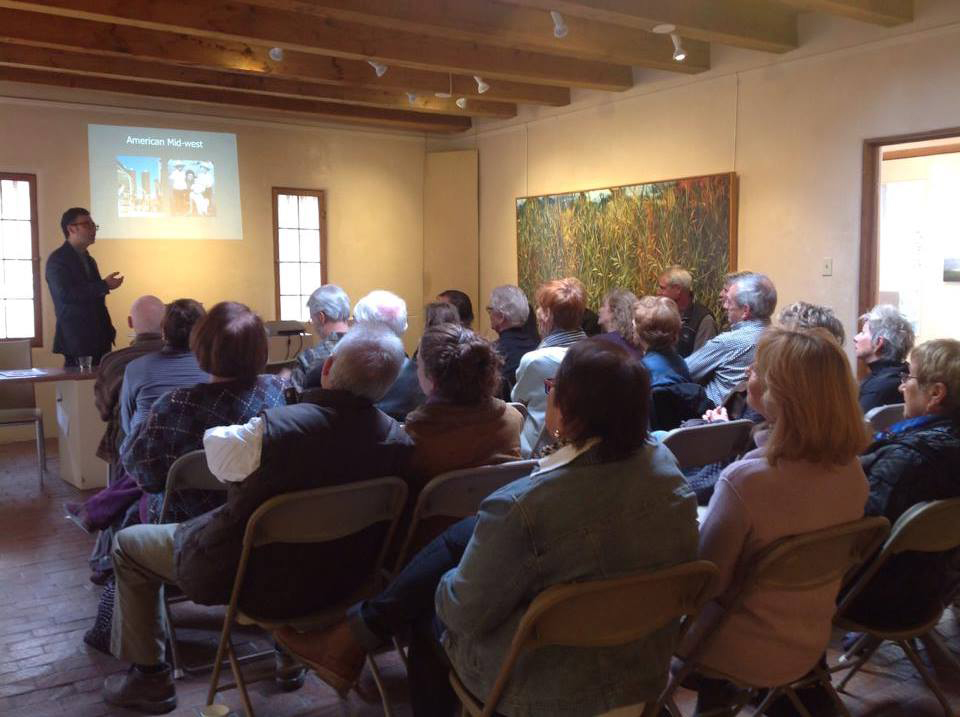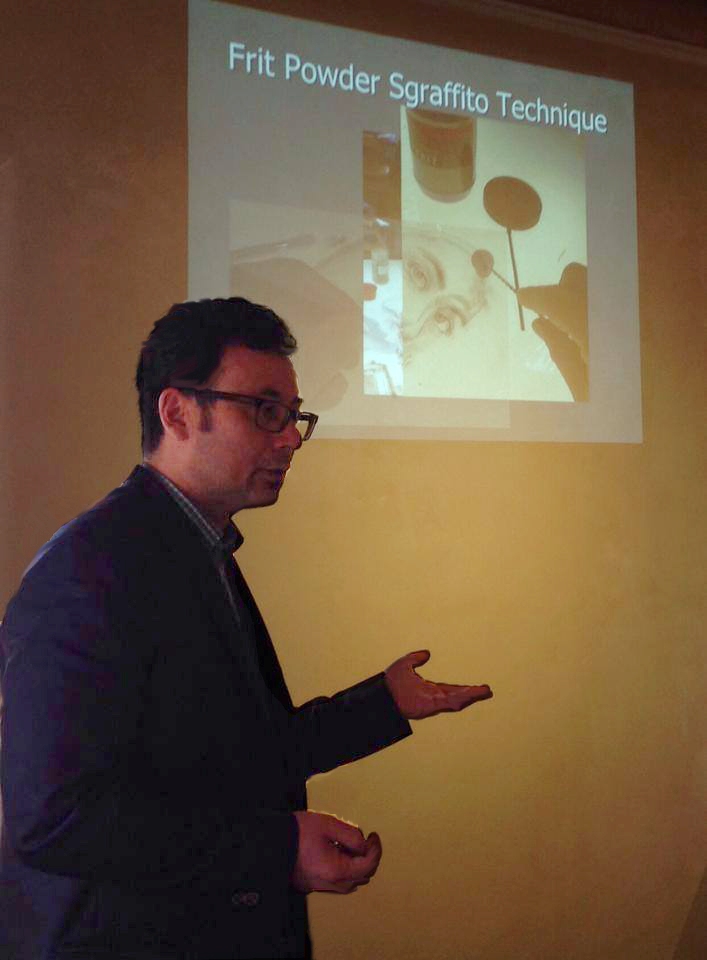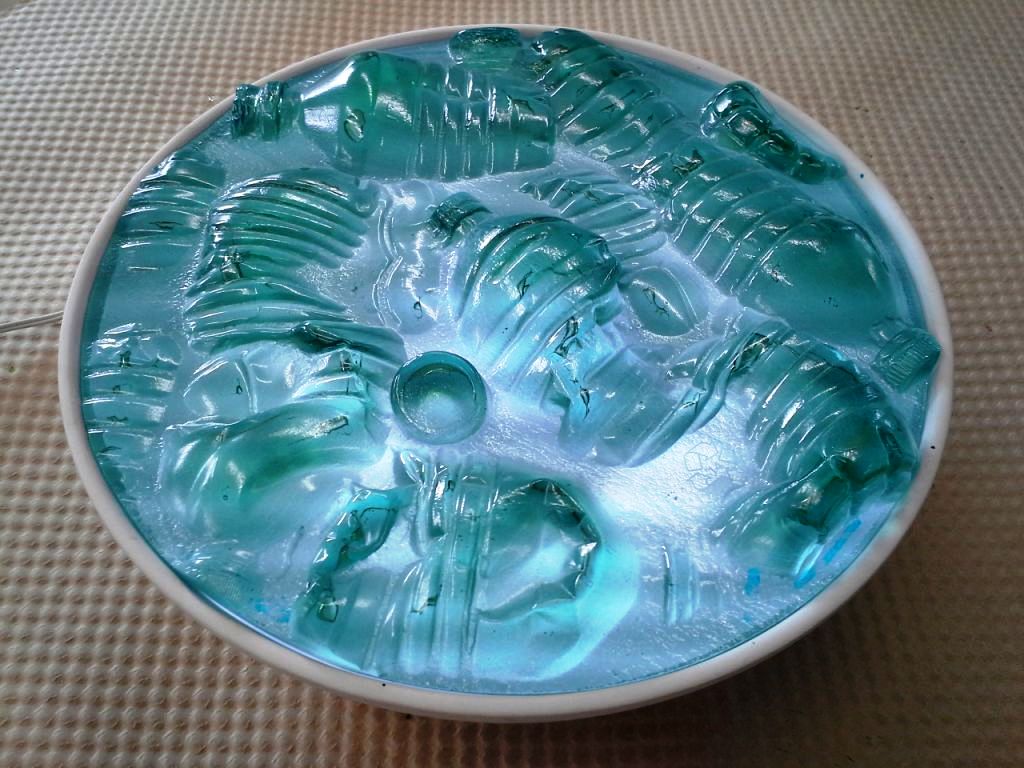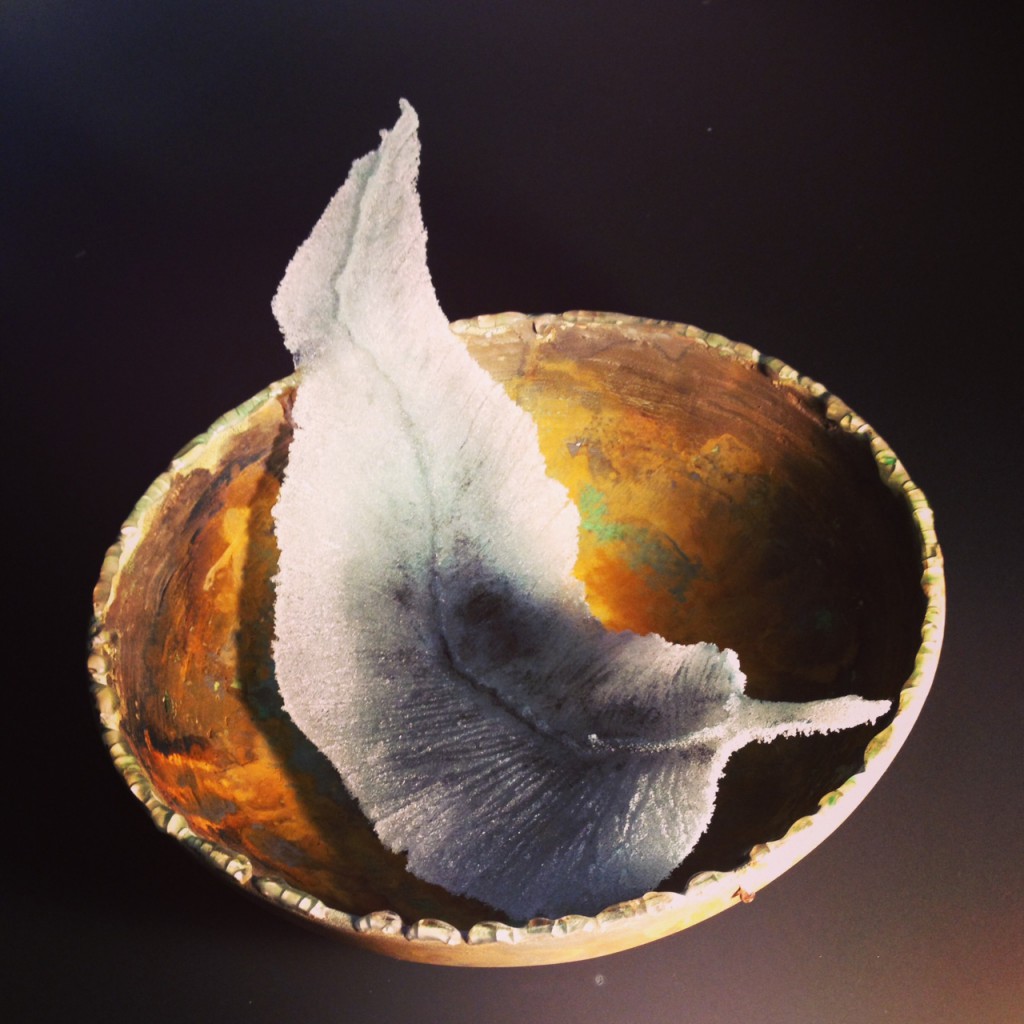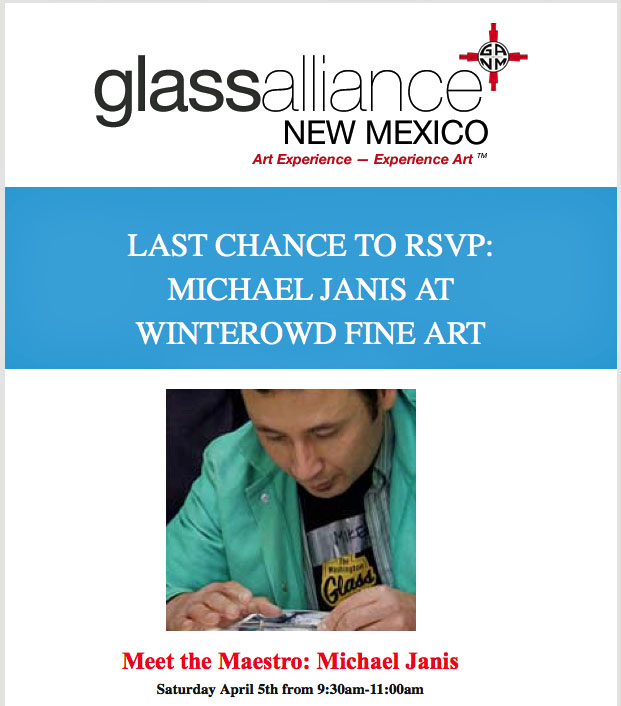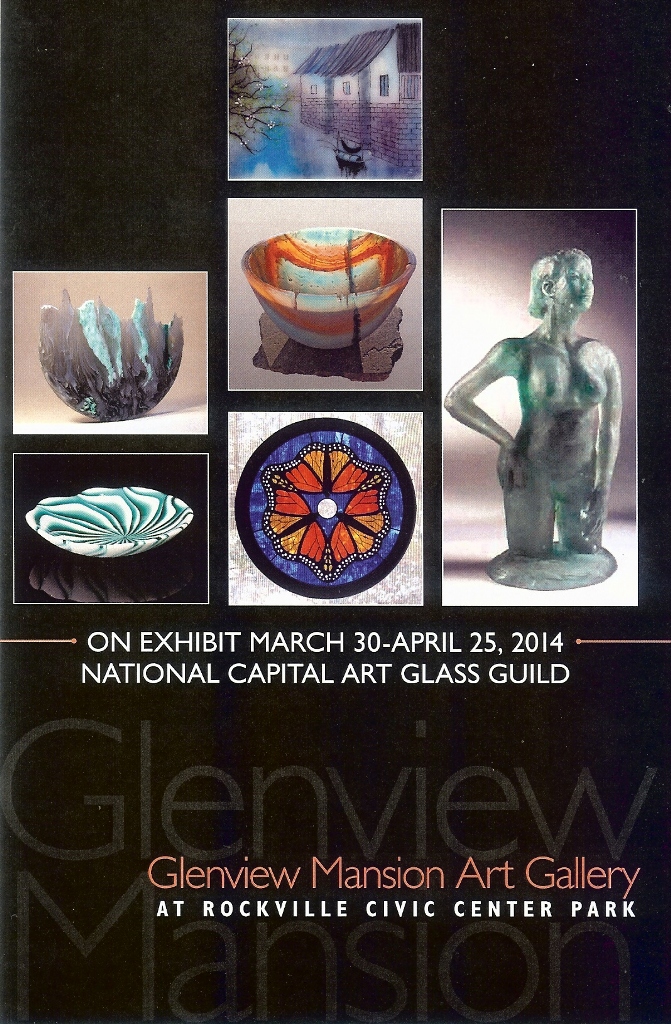William Warmus – writer/critic/art curator/and Fellow of Corning Museum of Glass writes a response to some comments on the Facebook group page Glass Secessionism. William Warmus wrote extensively about the development and evolution of Studio Glass. In the interest of giving the comments a broader audience – we post below Mr Warmus’ text:
Forget and forgive?
Recently, there has been a lot of discussion on other [Facebook] forums about Glass Secessionism and its relationship to studio glass. We are not opposed to the conceptual or material thinking that is associated with studio glass, and we hold skill in high esteem.
Our concerns are different. We look for innovation and seek to engender a thoughtful ongoing dialog about glass. The artworld is full of cynicism and infighting. It can be brutal. We want to create a sheltered circle within that context.
I suspect that it is Glass Secessionism’s willingness to move forward while others fight the old battles that creates some uneasiness. The idea that it is OK to forget is still quite unorthodox. But to move ahead, we need to sometimes secede and forget. Try it, it is pretty liberating.
I apologize for making this a very long post, but here goes.
In 1992 I wrote an essay about the End of Studio Glass, and in 2012 I updated that essay. I am attaching a long excerpt below. My attraction to Glass Secessionism seems natural to me: after postulating the end of studio glass, why wouldn’t I find the dialog that Tim Tate proposed an appealing next step?
As I wrote in the 2012 essay: “Coexistence applies to history as well as the present: We need to find a way to allow the weight of history to coexist with the present, not as a burden…but as inspiration. And yes, by the way, it is also sometimes O.K. to forget!”
Long Excerpt from the essay:
Is it Over?
Published in Glass Quarterly, Summer 2012
The author of an article charting the “completion” of the Studio Glass Movement reappraises the state of glass art.
By William Warmus
“The End” appeared in the Fall 1995 issue of Glass, although essays targeting the same theme appeared in American, Australian and Japanese publications between 1992 and 1993. My argument was that by the early 1990s, the techniques and aesthetics of Studio Glass were essentially complete. Read those essays for the details.
I did not use the term then, but tabletop sculpture seems an apt description of the glass from that period, and I use it in praise: Studio artists (and not just in glass) reinvented small-scale sculpture suitable for display in urban apartments and suburban homes. The work was aesthetically innovative and lovely to look at, or at least engaging. And alongside the artists grew an enthusiastic community of collectors, dealers, museums and scholars. I also observed that Studio Glass is largely about technique and broadening the definition of the factory.
The essay attracted attention. For example, the artists who call themselves Yukanjali (Anjali Srinivasan and Yuka Otani) cited “The End?” as influencing their curatorial and artistic work, quoting: “Studio glass itself is not stagnant, it is complete.” They used the term “post-glass” to distinguish between the new glass and Studio Glass, and concluded that: “Glass is not an art” but rather “Glass is a material. An amazing and wondrous thing that inspires the human spirit to create. It cannot, by itself become passé, although perhaps human intent can be, and maybe that lack of breakthrough is what we are facing now.”
Advance to 2012, the 50th anniversary of Studio Glass. What happened, and where are we now? Certain masters of the field of tabletop sculpture have been clearly established, including Harvey Littleton, Dale Chihuly, Tom Patti, Richard Marquis, Dan Dailey, Toots Zynsky and others.
Although I stand behind my 1992–1995 essays that argued that Studio Glass was complete, my definition of Studio Glass has evolved slightly. It is: a focus on glass as a medium for art that respects past traditions while at times forgetting those traditions in order to innovate.
This definition references Harvey Littleton’s proposition in his 1971 book, Glassblowing: A Search for Form: “The method used by the contemporary artist is a constant probing and questioning of the standards of the past and the definitions of the present to find an opening for new form statements in the material and process. It is even said that this search is an end in itself. Although knowledge of chemistry or physics as they apply to glass will broaden the artist’s possibilities, it cannot create them. Tools can be made, furnaces and annealing ovens can be built cheaply. But it is through the insatiable, adventurous urge of the artist to discover the essence of glass that his own means of expression will emerge.”
The founding of Studio Glass in 1962 was a confrontation of one culture with another: art encountering industry. It matured during a time when no one style in art was dominant (the post-Pop Art era), and yet the prevailing styles of criticism were, and to a certain extent remain, highly skeptical of glass as an art medium. Ash, trash, and fecal matter are widely admired as art media. But glass? It’s kitsch. Or so some say.
This attitude makes me argue that the central problem confronting the art world since the end of the era of dominant styles has been one of coexistence. Can we overcome art world skepticism and isolationism? We have come to see skepticism as implicitly aligned with a search for truthfulness, but why? If anything, it is easy to be a skeptic, and far more difficult to find ways to coexist. And yet perhaps coexistence, in all realms of life and aesthetics, is the most profound (and interesting) challenge of this century. Coexistence applies to history as well as the present: We need to find a way to allow the weight of history to coexist with the present, not as a burden or a negative challenge, in the sense of that which must not be repeated (when in fact it is impossible to repeat history—just try!), but as inspiration. And yes, by the way, it is also sometimes O.K. to forget!
My beloved medium of glass seems unusually open to coexistence. Glassmakers are willing to appropriate other art media; to range from an extremely small scale to a large one; to show their work at galleries, craft shows, flea markets, on eBay; to bond with collectors; to go anywhere, anytime; to have outlandish parties dressed in glass fashions; to engage in “athletic” contests centered on the medium. Perhaps that is what irritates the rest of the art world, this kitschy embrace of all things—even a willing self-flagellation, seemingly forever and ever, over the art-or-craft question. And in the middle of this carnival are the curators, historians, editors and other “gatekeepers” who are trying to discern themes and detect quality….[excerpt ends]
